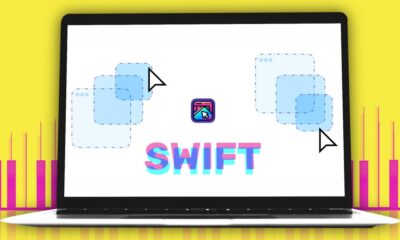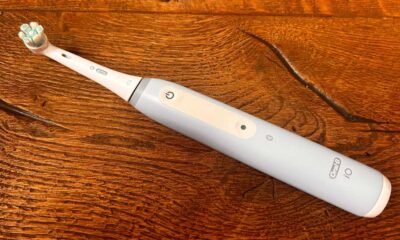Motivation
Why Leaders Get Feedback All Wrong and How to Fix It

What’s feedback for? How about coworker feedback? To fix weaknesses, right?
Put aside what leaders might say in the cool of the moment. Caught in the heat of receiving feedback, leaders often act as if they only have eyes for the negative feedback—what they perceive as criticism. But when the feedback at meetings shifts from the positives to the negatives, they see things differently:
- “This is where the gold is.”
- “This is what I can do something about.”
That’s also the view of feedback in everyday life. If someone says, “I’ve got some feedback for you,” what’s your feeling? Not good.
“I’m going to get criticized, faulted for something.”
If you equate feedback with criticism, then naturally, inevitably, inescapably, that’s what feedback is for: fixing weaknesses. In this view, you go over the positive feedback first to soften the blow. It’s little more than an anesthetic, a swab that makes the needle hurt less.
Accentuate the Positive
Viewing feedback in negative terms is a huge oversight—a stunning blind spot. Positive feedback represents just as much leverage to make leaders better. It contains just as much developmental value. Its value resides in its ability to boost a leader’s confidence.
Is there anything more basic to a person’s functioning, to their performance, than self-confidence?
Meet Penelope Lewes
Penelope Lewes hears over and over that she’s extremely bright—brilliant even. After some reflection, it hits her:
“I’m smarter than I thought I was. And that frees up energy for other people.”
Her realization generated heat—energy for change—but also light, a clear idea of what to change. She went back to the office and immediately put her freed-up energy to good use for other people. She started stopping by people’s offices: “I chat with people and ask them how it’s going.”
She also started taking direct reports out to lunch. She enjoyed these contacts more than she expected, and that just motivated her to keep it up.
In the three weeks before we met again, she made a second change. She put a stop to overscheduling herself. She was asked to serve on a company-wide task force and declined. She was invited to join the board of a non-profit and turned that down, too.
“I used to feel I had to do these extra things to make me feel worthy,” she explained. “Now I know I’m a smart person and I’m worthy already.”
By the way, the two things she worked on were two of the top criticisms of her:
- Her relationships needed work.
- She grievously overloaded herself.
That’s the potential two-part boost that positives can deliver:
- A higher opinion of oneself.
- A boost in morale.
This is especially true for the high proportion of leaders who underestimate themselves, either across the board or in a particular respect, like intelligence.
Here’s the Catch
But there’s a twist. When it comes to drinking in praise, there’s many a slip between the cup and the lip. It happens all the time. Give someone a compliment and they squirm.
Something stands in the way of taking in praise. What’s the chief culprit? Humility.
Humility gets drilled into our skulls as kids:
- “Thou shalt not toot your own horn.”
- “Keep a low profile.”
- “Let your work speak for itself.”
- “Don’t get a swelled head.”
Humility is bossy, coercive, and its staying power is remarkable. Decades later, it’s still forcing us to avoid certain things and embrace others.
Here’s how one person managed to get his humility to loosen its grip. Despite being deeply identified with being humble, he stood back and saw his humility for what it was—objectively. Naming it helped. He called it the “deflater” (self-worth deflater).
Then, instead of downplaying how able and accomplished he was, he gave himself fuller credit:
“Now I’m more comfortable with myself, more confident,” he reported.
As a result, he did his job better. He grappled with humility and won.
-

 Destination8 months ago
Destination8 months agoSingapore Airlines CEO set to join board of Air India, BA News, BA
-

 Breaking News10 months ago
Breaking News10 months agoCroatia to reintroduce compulsory military draft as regional tensions soar
-

 Gadgets3 months ago
Gadgets3 months agoSupernatural Season 16 Revival News, Cast, Plot and Release Date
-

 Tech News12 months ago
Tech News12 months agoBangladeshi police agents accused of selling citizens’ personal information on Telegram
-

 Productivity11 months ago
Productivity11 months agoHow Your Contact Center Can Become A Customer Engagement Center
-

 Gadgets4 weeks ago
Gadgets4 weeks agoFallout Season 2 Potential Release Date, Cast, Plot and News
-

 Breaking News10 months ago
Breaking News10 months agoBangladesh crisis: Refaat Ahmed sworn in as Bangladesh’s new chief justice
-

 Toys12 months ago
Toys12 months ago15 of the Best Trike & Tricycles Mums Recommend























